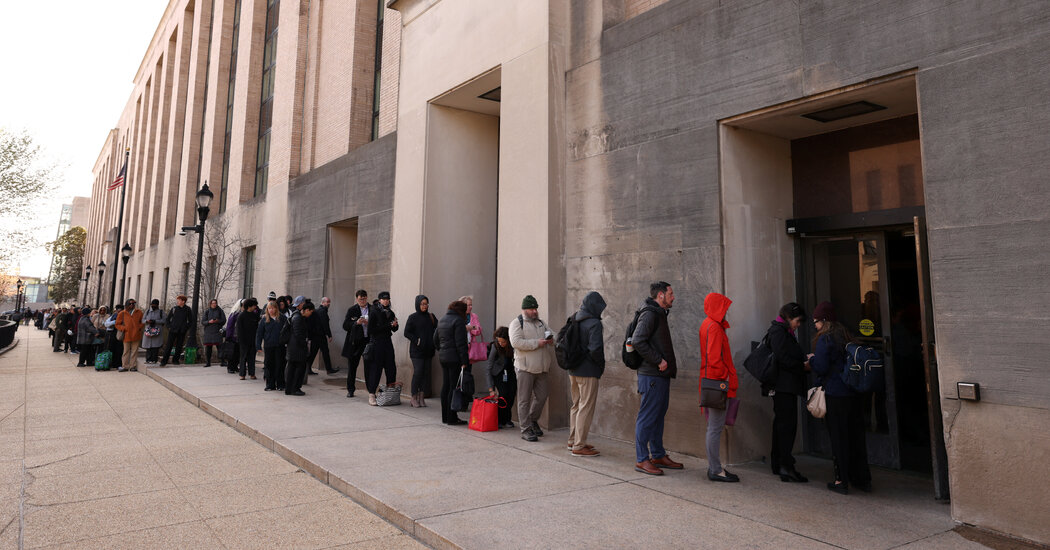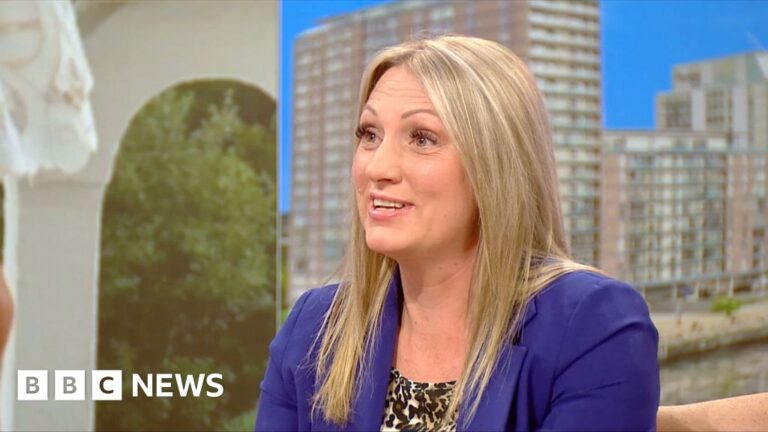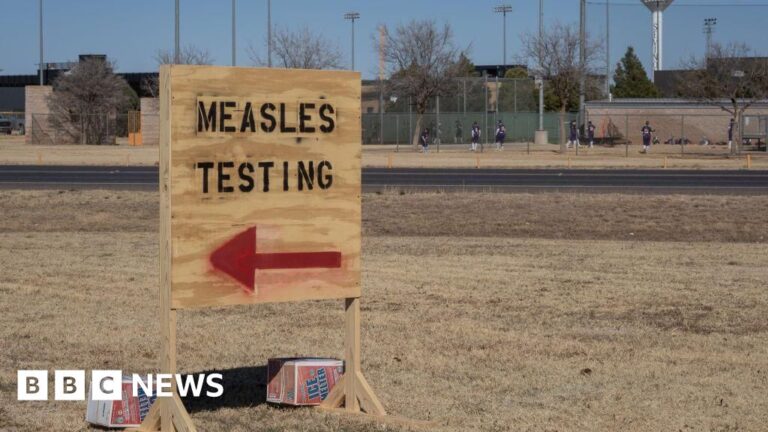A few days ago, Robert F. Kennedy Jr., the health secretary, embarked on a media tour to defend his decision to lay off thousands of his department’s workers. He announced a plan last week to cut 10,000 jobs, in addition to the estimated 10,000 jobs cut through retirements and buyouts in the early weeks of the Trump administration. Mr. Kennedy had called the Health and Human Services Department “the biggest agency in government, twice the size of the Pentagon, $1.9 trillion dollars,” during an interview with NewsNation. He went on to suggest that the department was doing little to improve the health of Americans, “with all the money that was being thrown at it, with all the personnel that were being brought in.”
Spending on personnel at the federal health agencies accounts for a small fraction of its budget — less than 1 percent, according to three budget experts. That includes the staff of the Food and Drug Administration, the Centers for Disease Control and Prevention, the National Institutes of Health and others. The overwhelming majority of the money is spent through Medicare, for the health care of people older than 65, or through Medicaid, for people with low incomes. Those funds filter out to hospitals, clinics, nursing homes, dialysis centers, pharmaceutical companies, medical device makers and Medicare Advantage private insurance plans.
Melinda Buntin, professor of health policy and economics at Johns Hopkins University, said the $17.6 billion in costs for H.H.S. employees made up less than 1 percent of the department’s budget, and has risen in line with overall spending. Bobby Kogan, senior director of federal budget policy at the Center for American Progress, said Mr. Kennedy’s framing was “incredibly misleading.” An H.H.S. spokesman said the work force reductions are meant to cut $1.8 billion a year in federal spending, and that the amount is significant.
Source link




